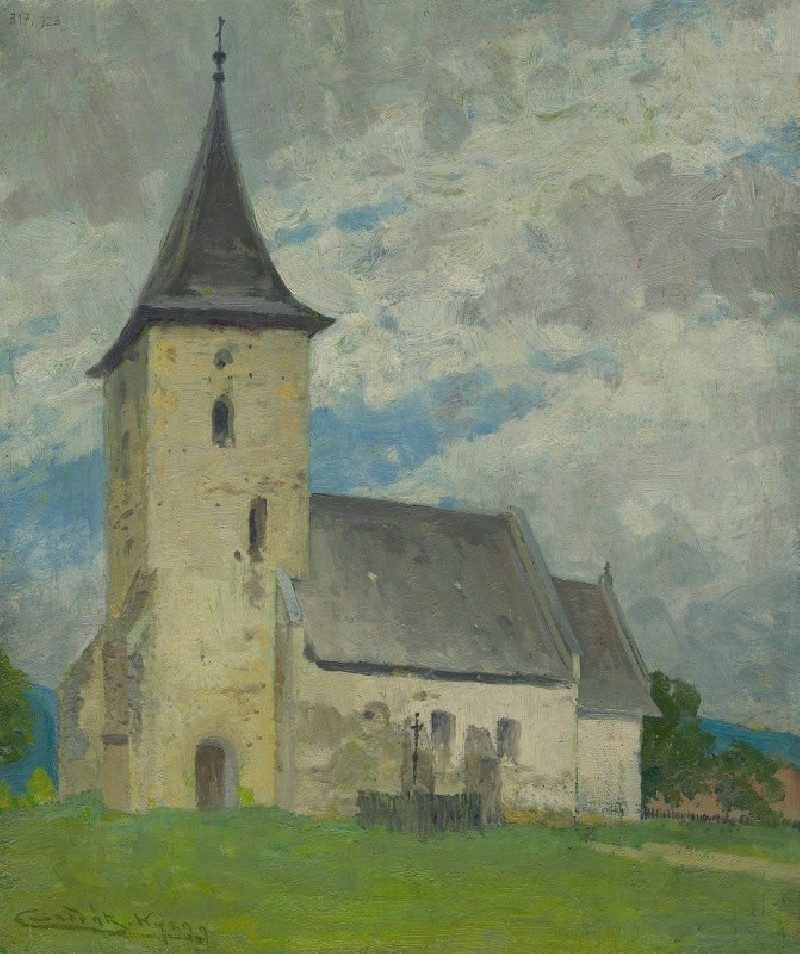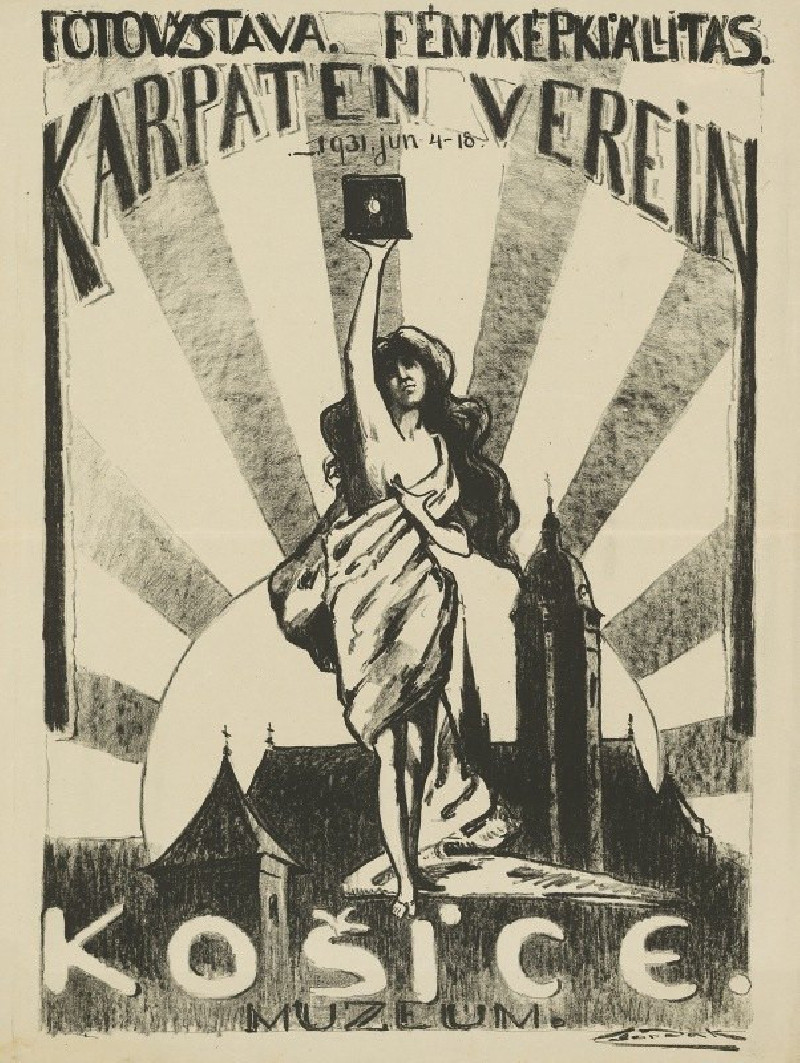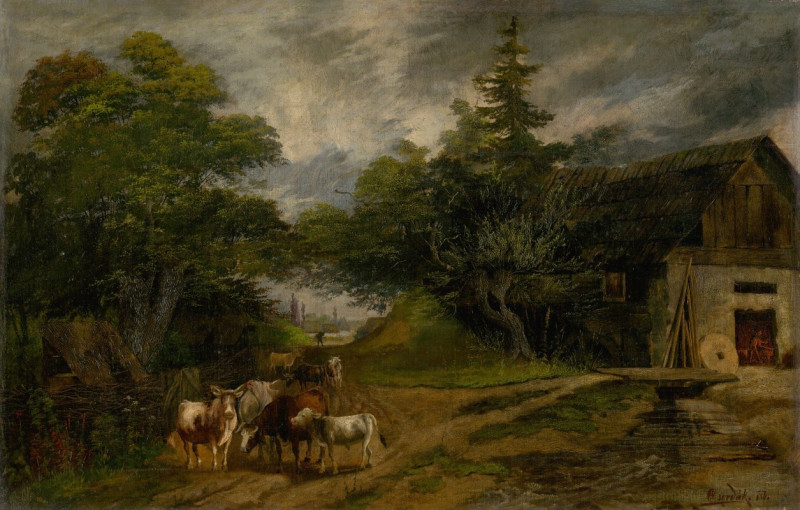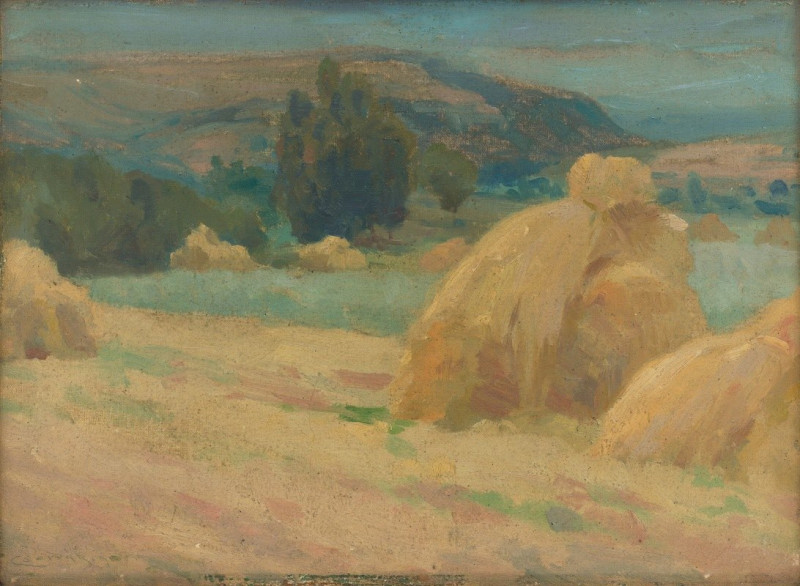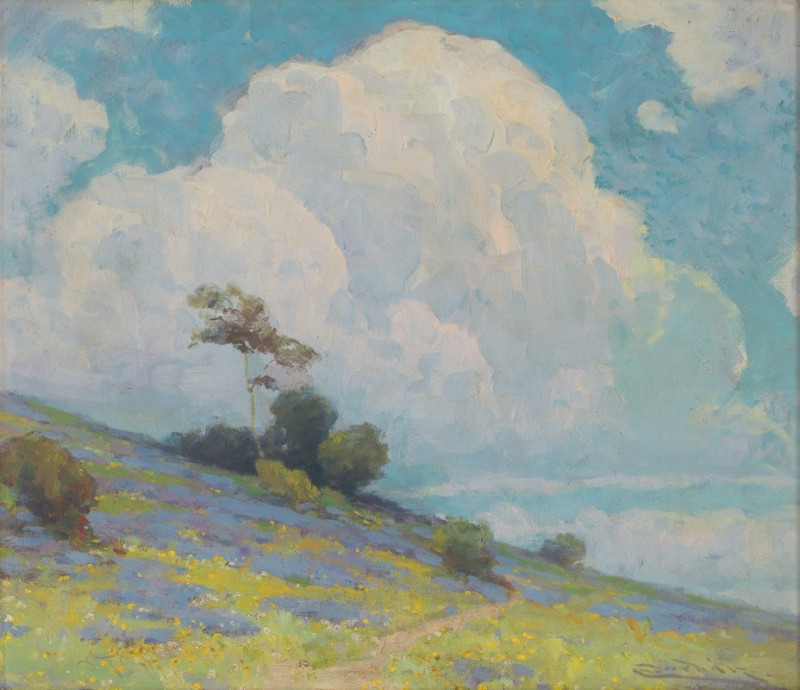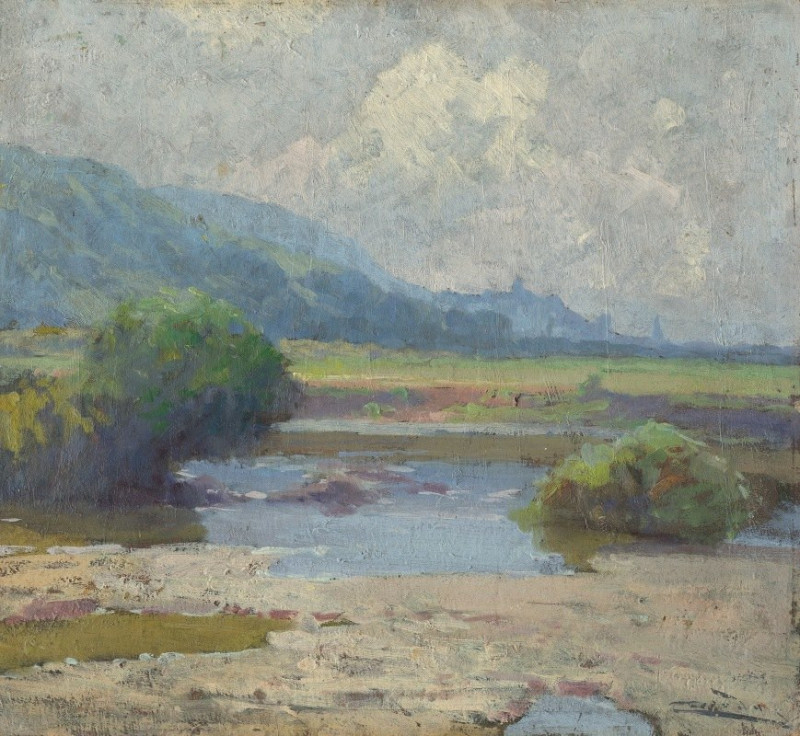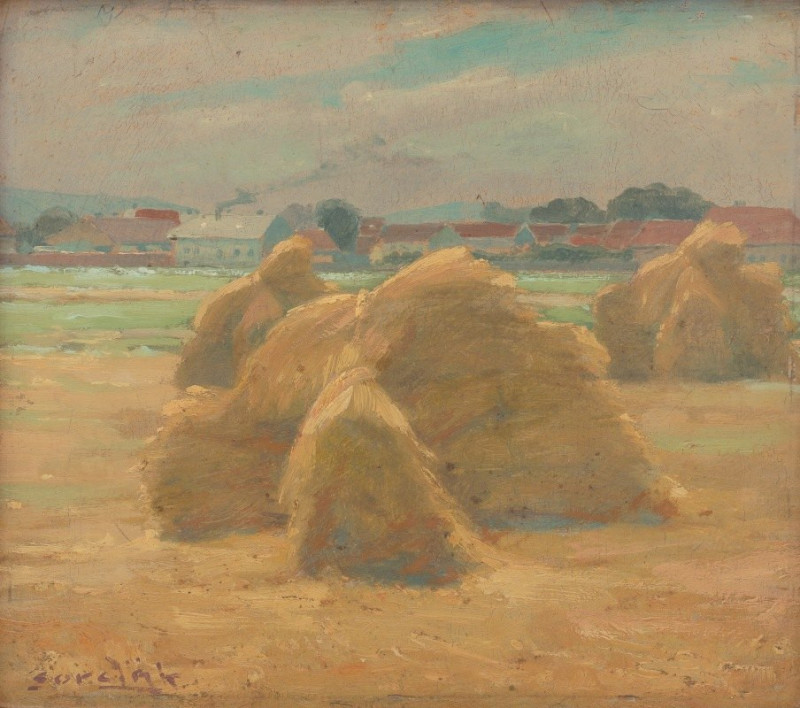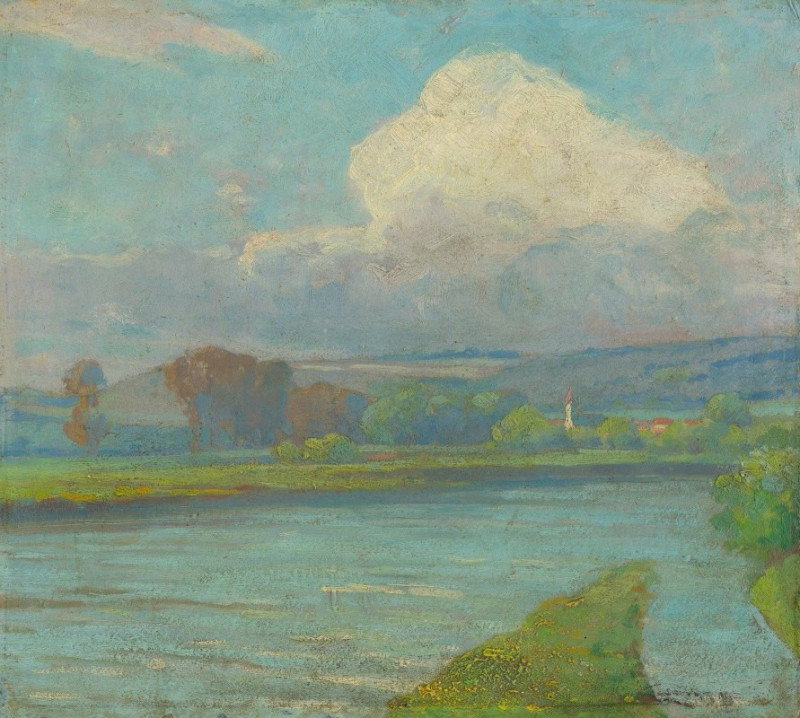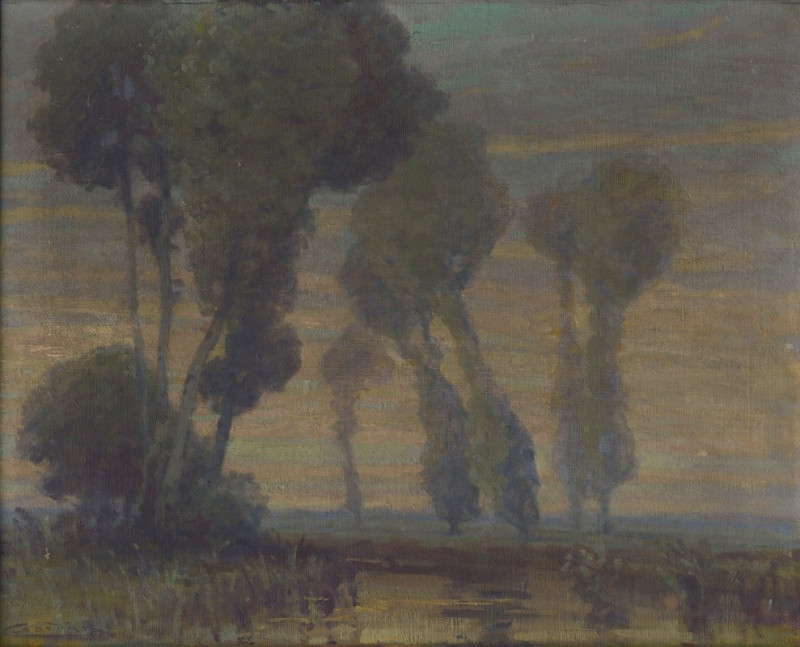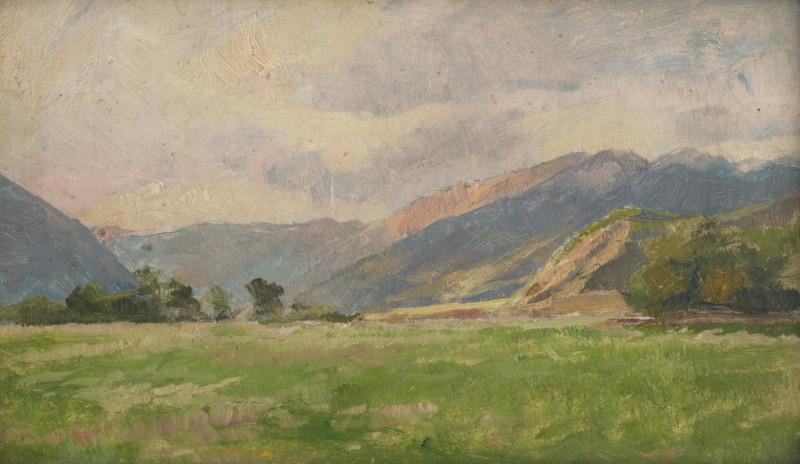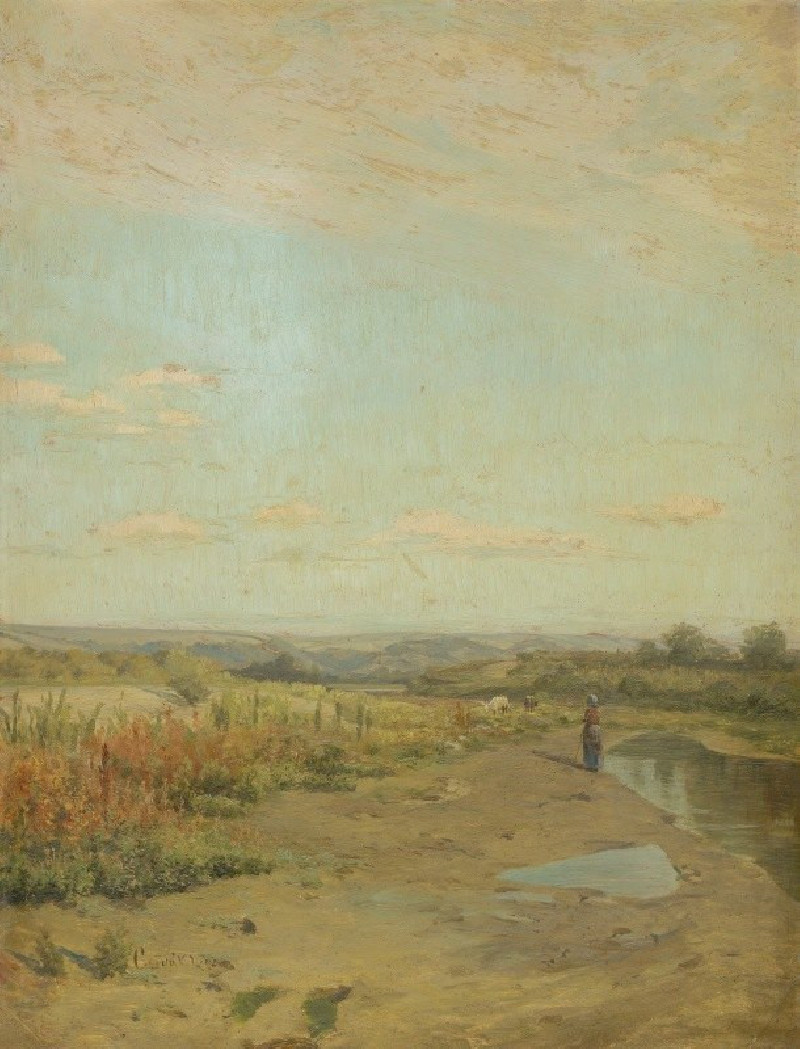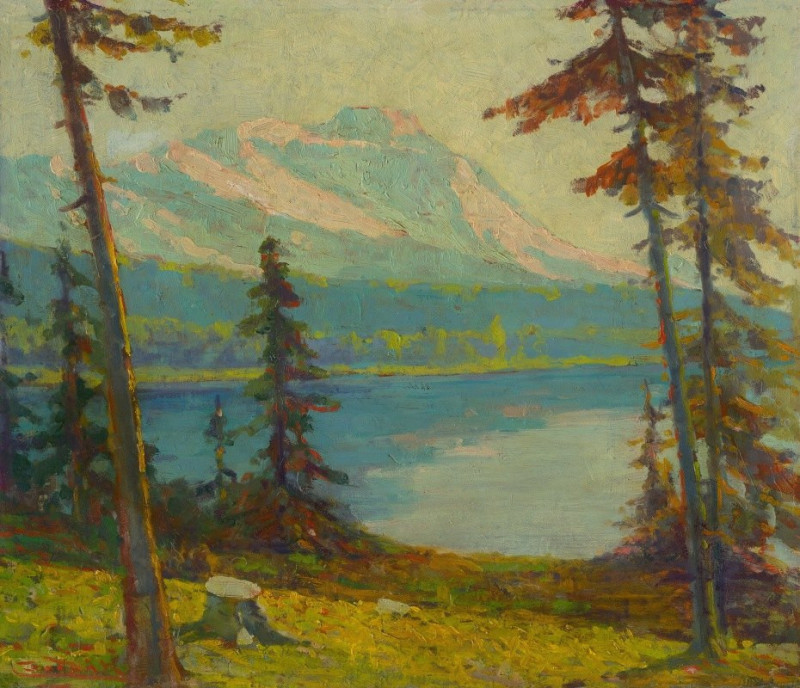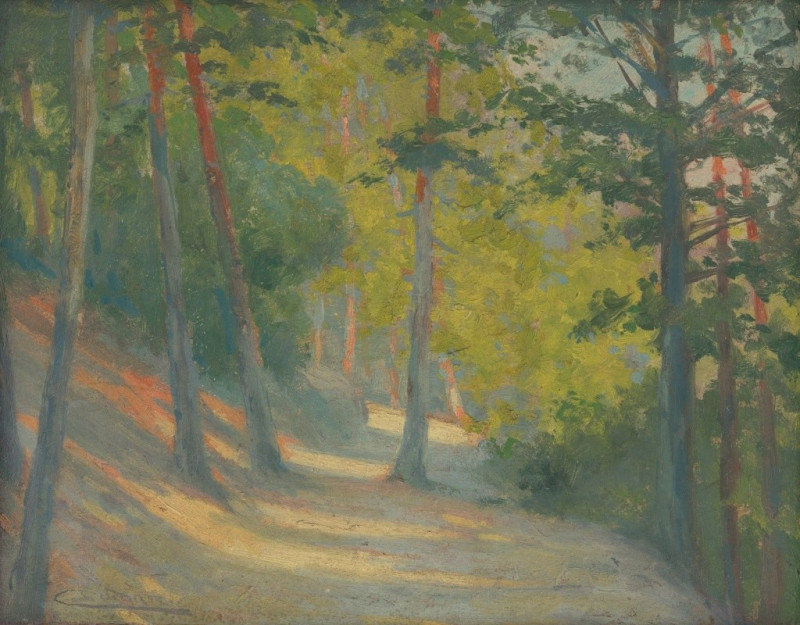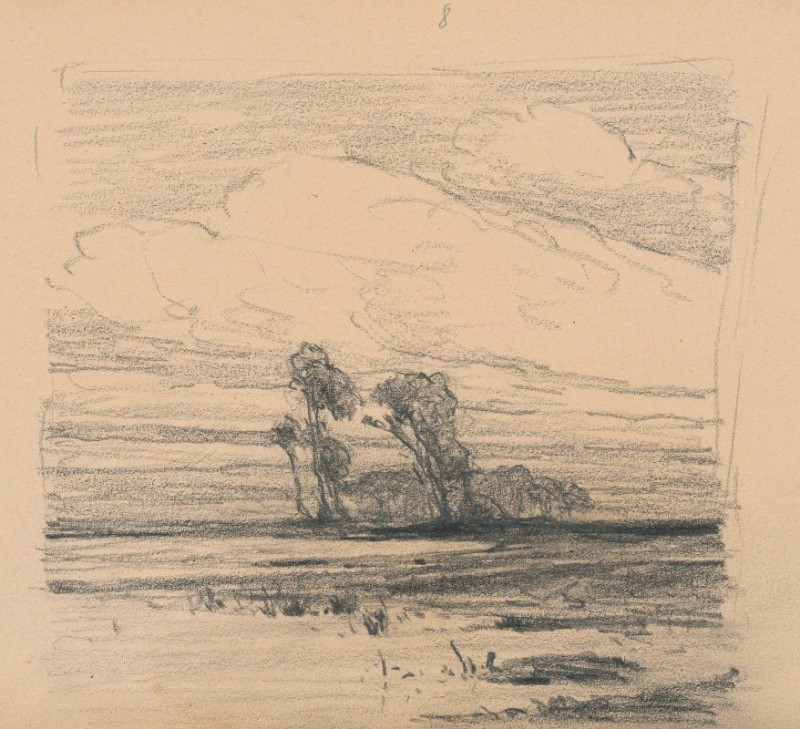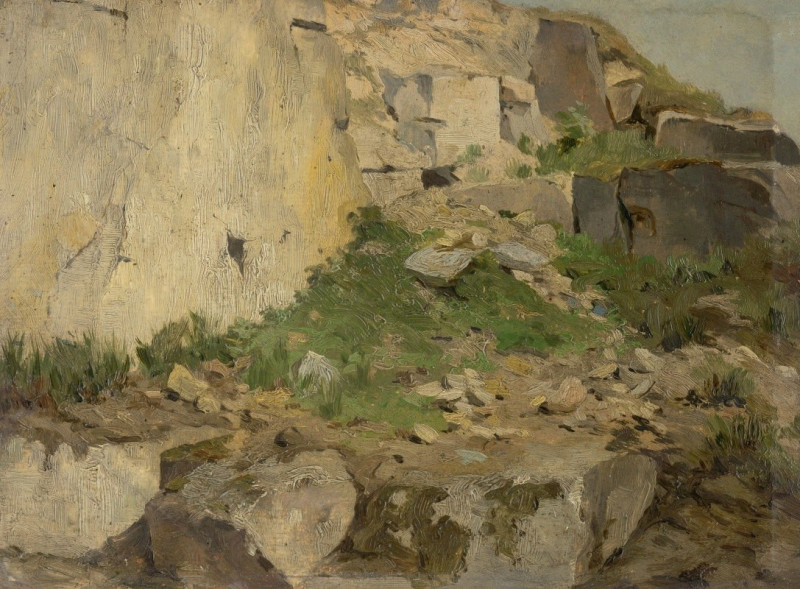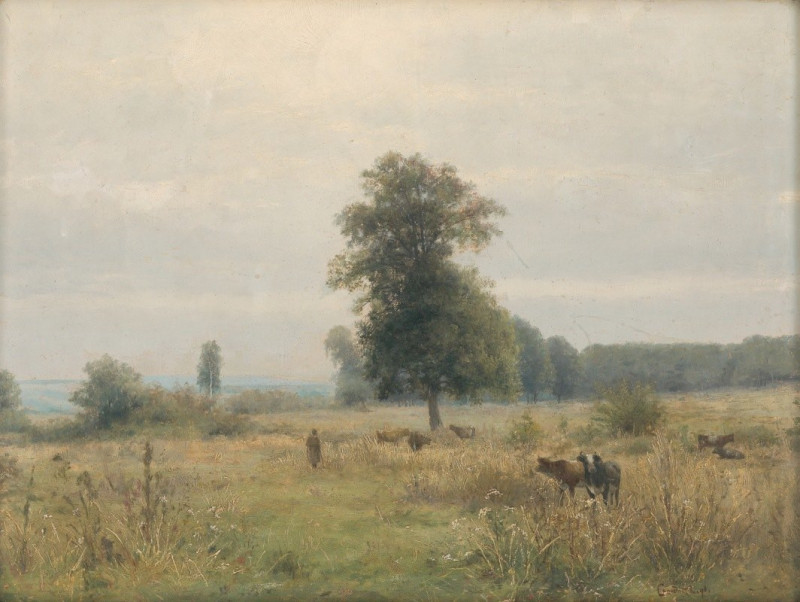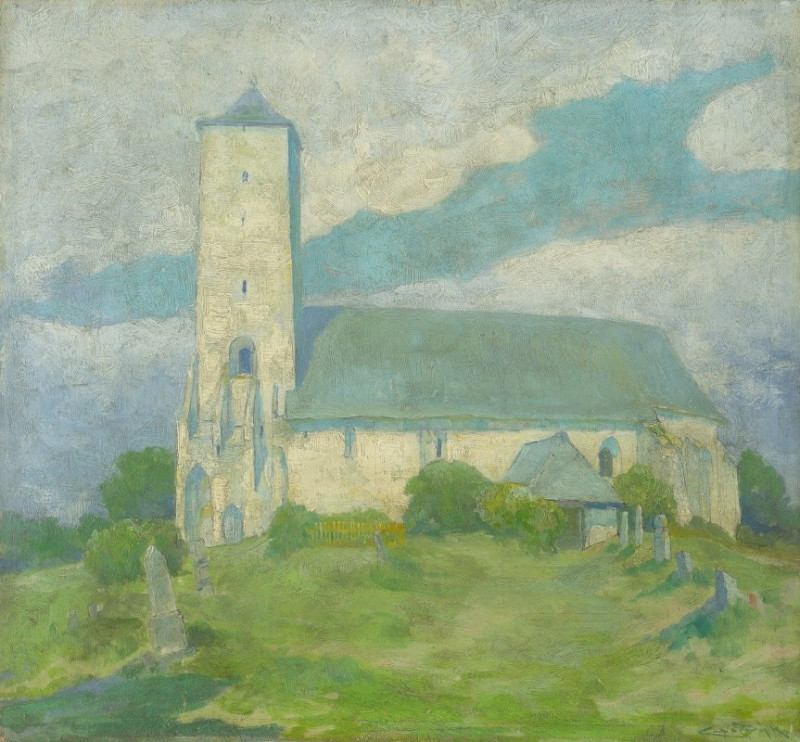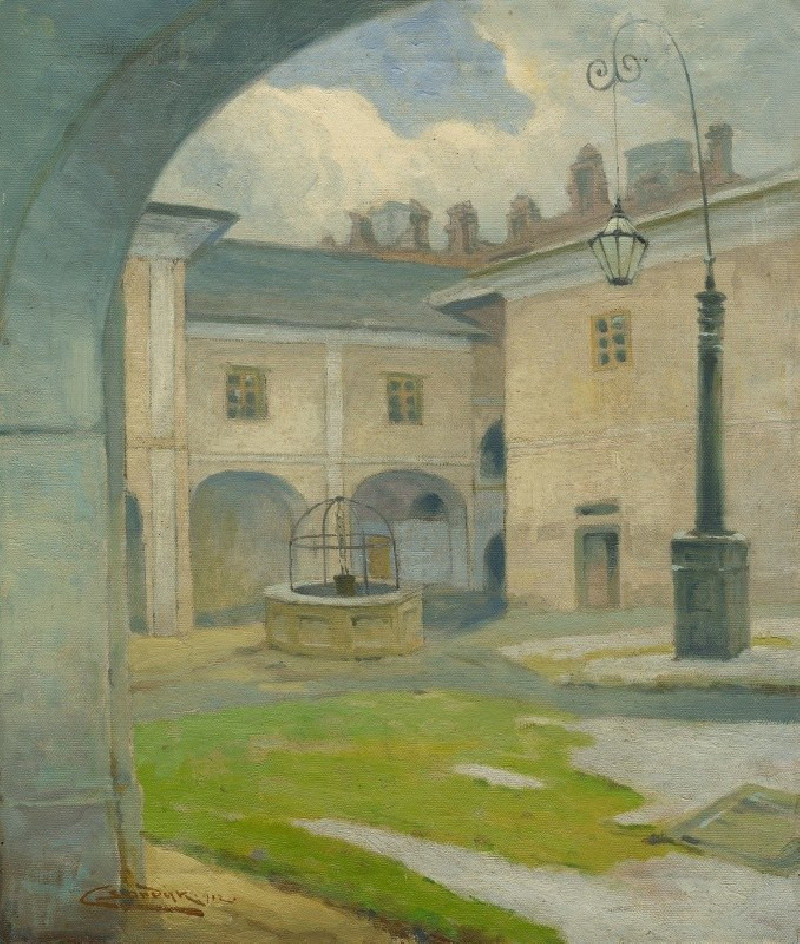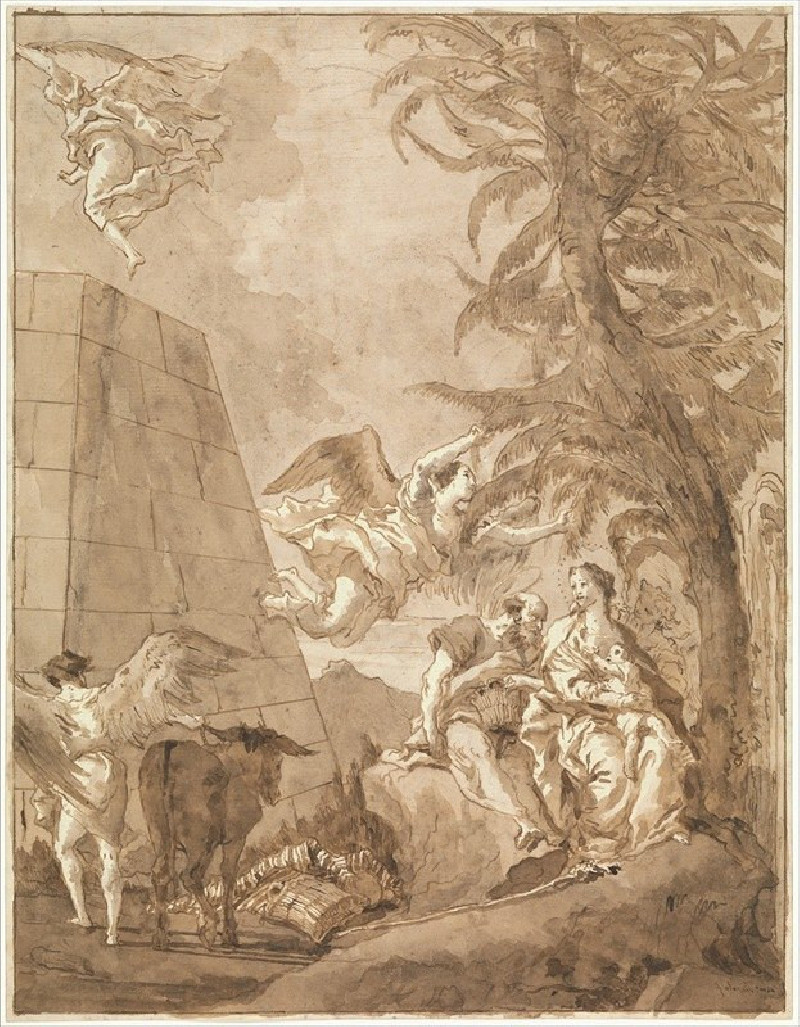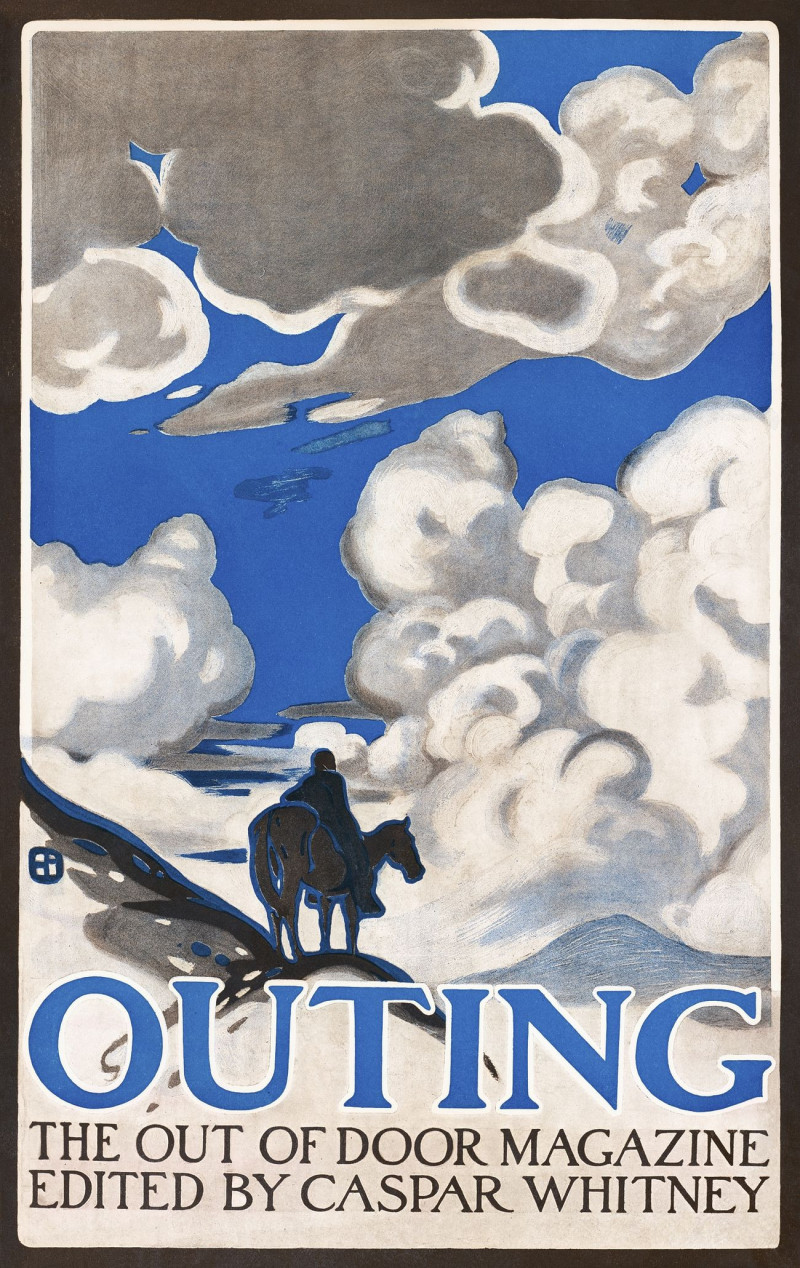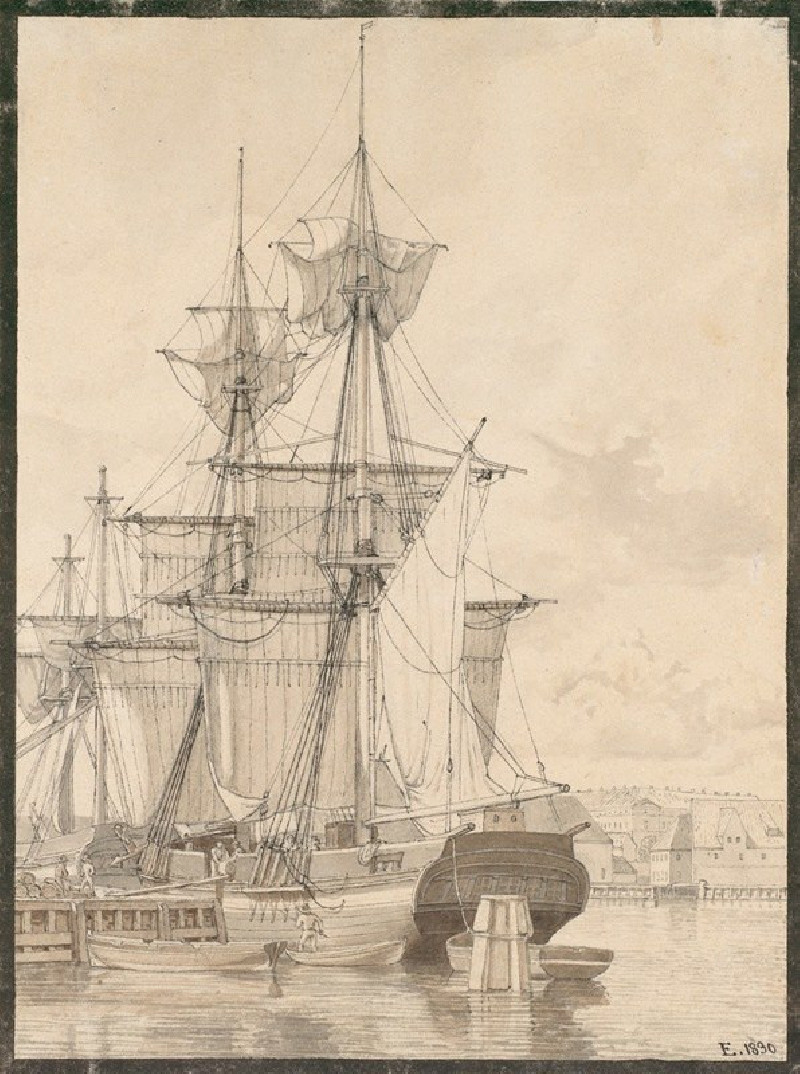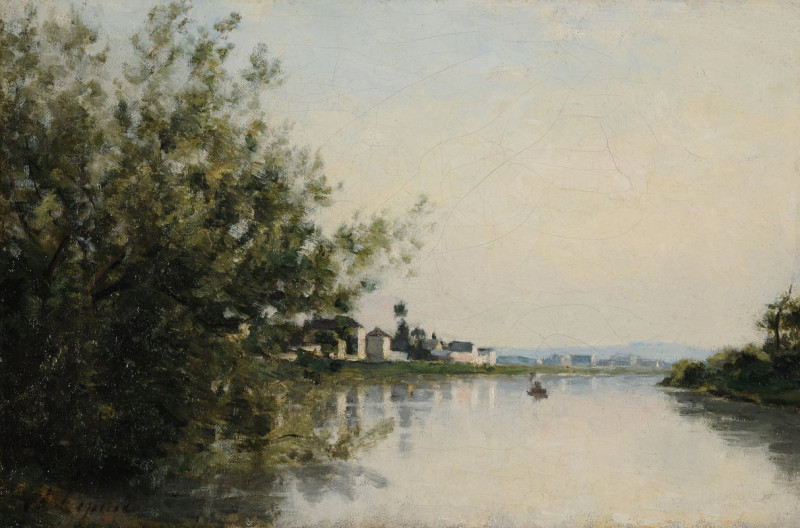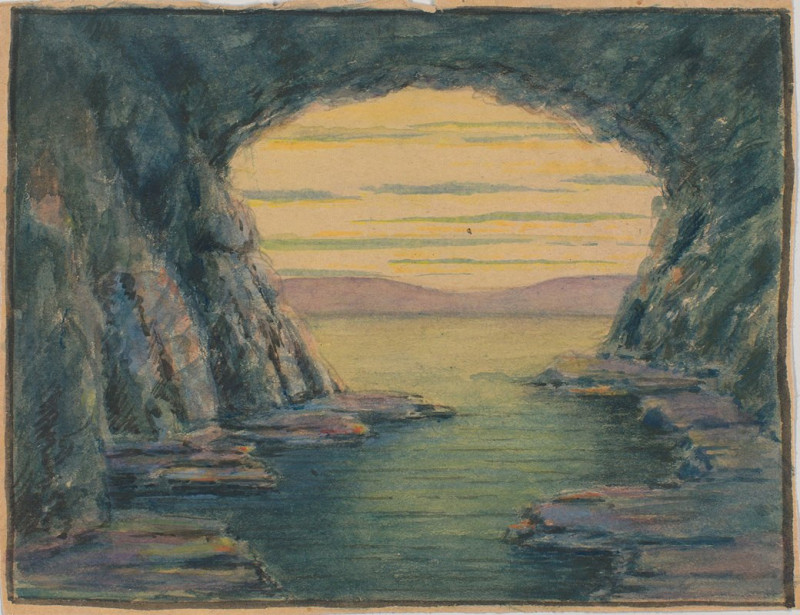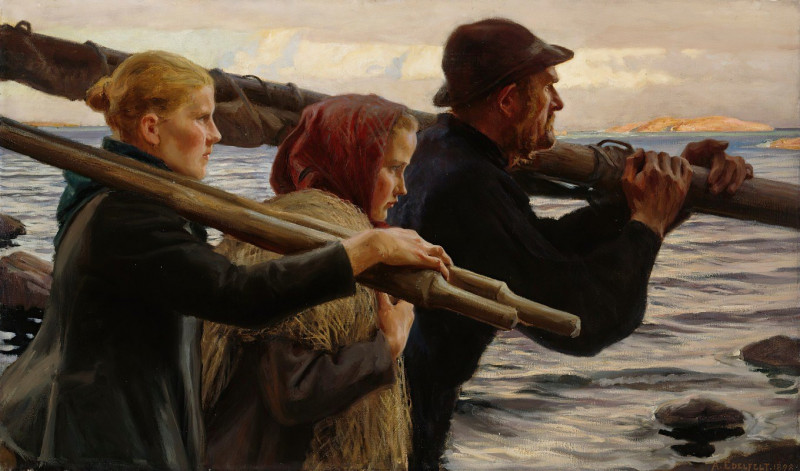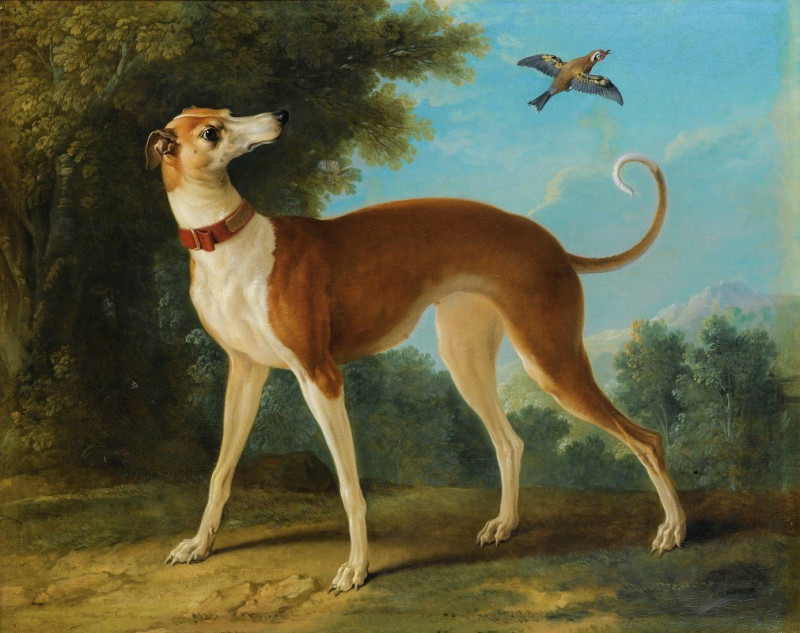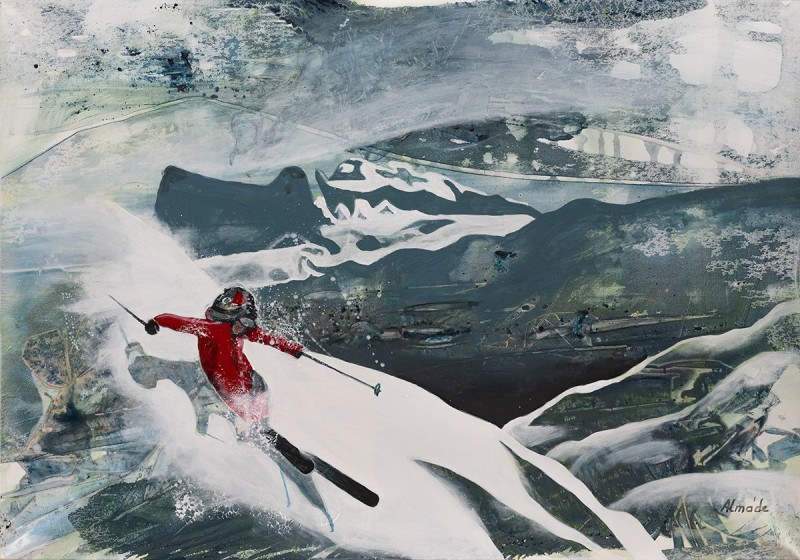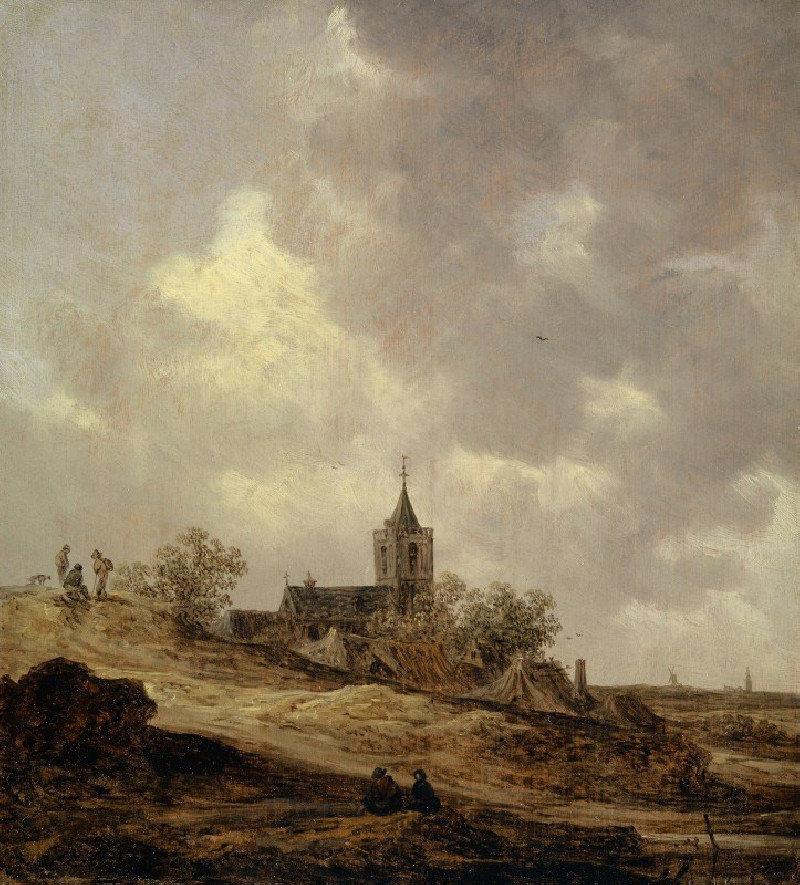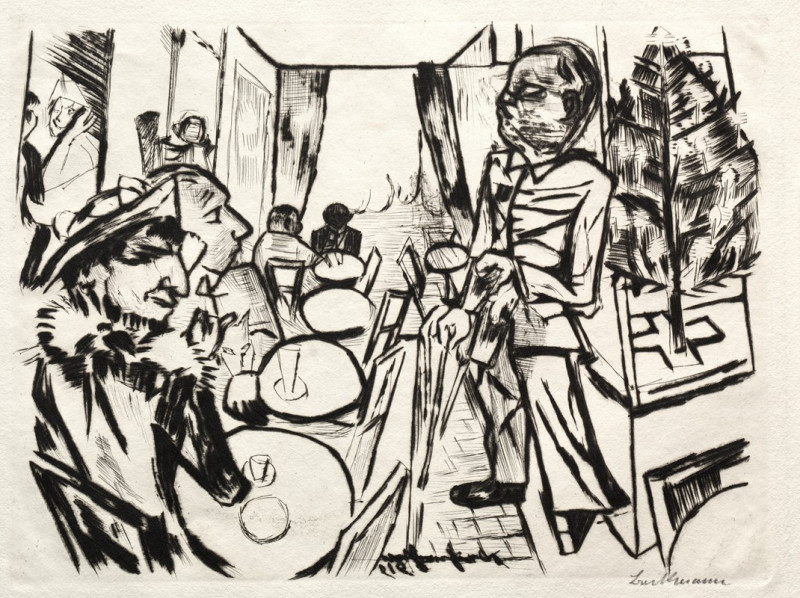Church in Kysak (1923)
Technique: Giclée quality print
Recommended by our customers
More about this artwork
** This evocative painting by Ľudovít Čordák, painted in 1923, captures the serene and composed elegance of the Church in Kysak. The artwork is a striking depiction of the religious architecture, employing a soft palette of blues, greens, and earth tones that harmoniously blend with the gentle gray of the cloudy sky overhead.The dominating structure in the composition is the church's sturdy belfry, which rises proudly into the sky, topped with a pointed, shingled roof that is both quaint and commanding. Below, the main body of the church occupies the canvas with a quiet dignity. Its simple, whitewashed walls and sloped roofing suggest a place of refuge and austerity.Čordák’s textured brushwork lends a tactile quality to the scene, suggesting the roughness of the stone and the weather-worn surfaces. Small details, like the faint traces of figures at the foot of the church and the delicate rendering of windows and doors, add a human element and scale to the piece, inviting the viewer to ponder the daily comings and goings that have animated this sacred site over the years."Church in Kysak" is not just a mere representation of a geographical location, but a deeper reflection on spirituality and time, captured through the eyes of a masterful artist.
Delivery
Returns
Ludwig Deutsch was an Austrian painter who settled in Paris and became a noted Orientalist artist.
Details of Ludwig Deutsch's life are obscure. He was born in Vienna in 1855 into a well-established Jewish family. His father Ignaz Deutsch was a financier at the Austrian court. He studied at the Vienna Academy of Fine Arts 1872–1875, then, in 1878, moved to Paris where he became strongly associated with Orientalism.

